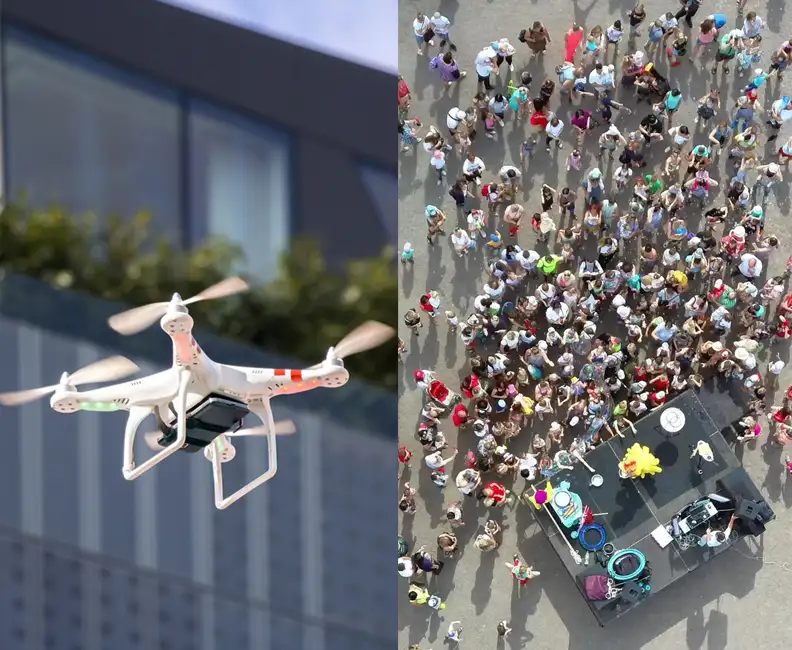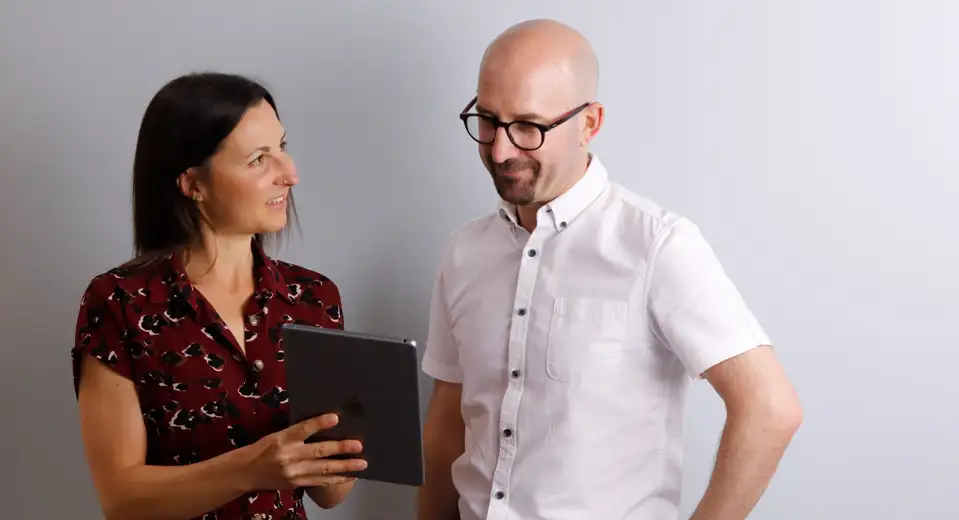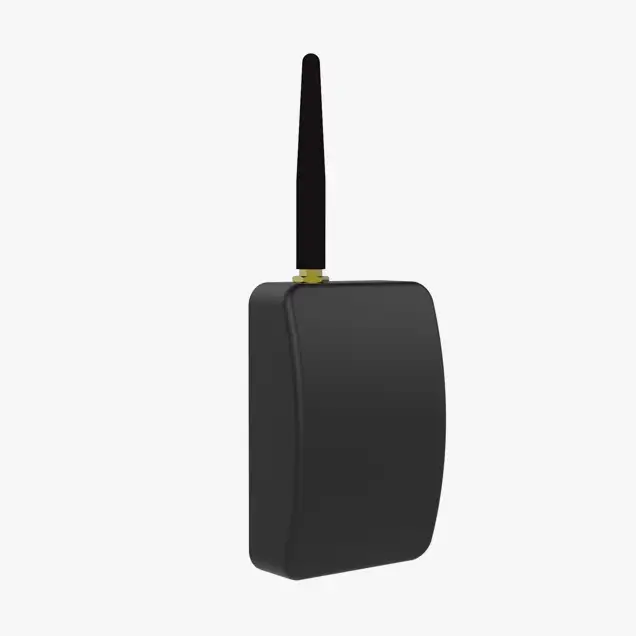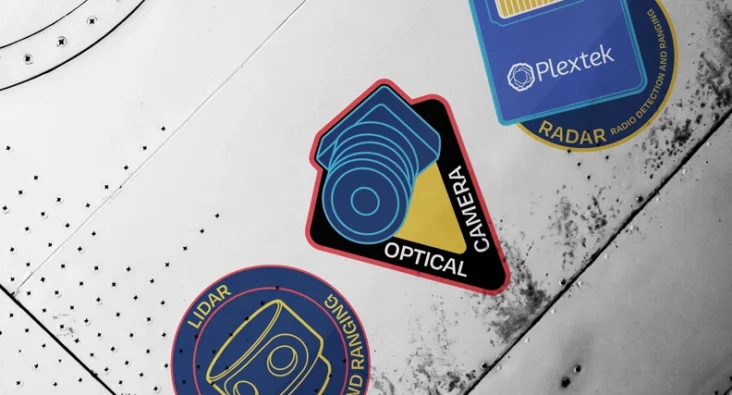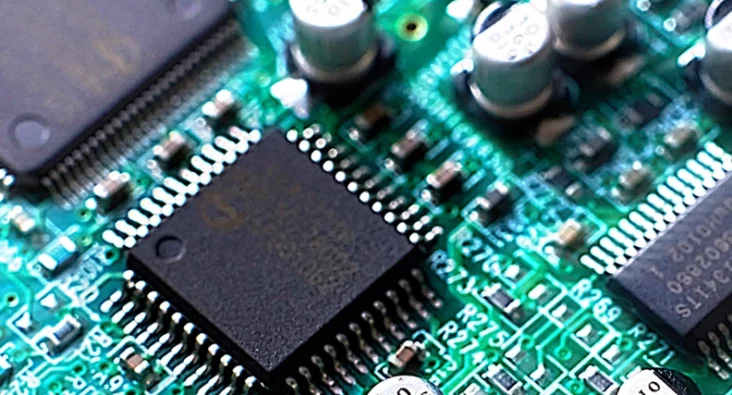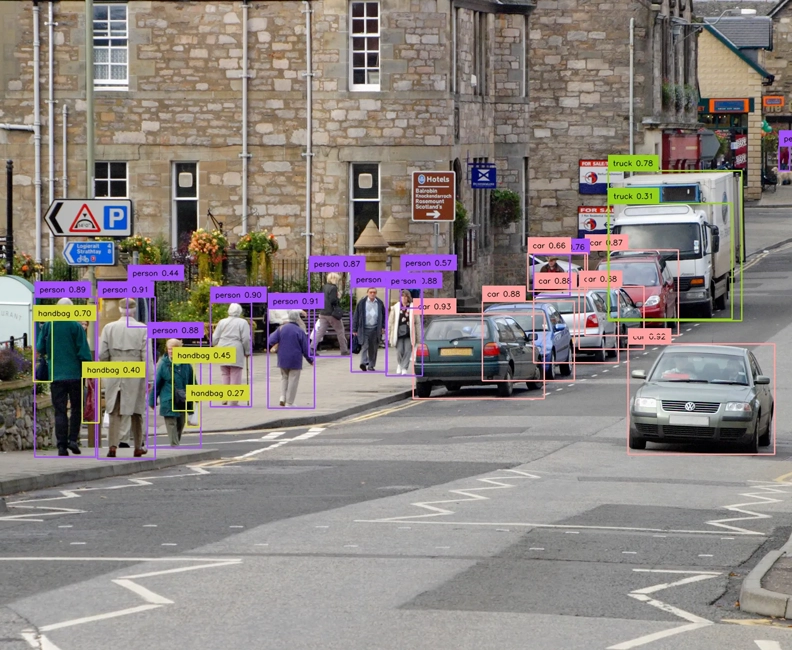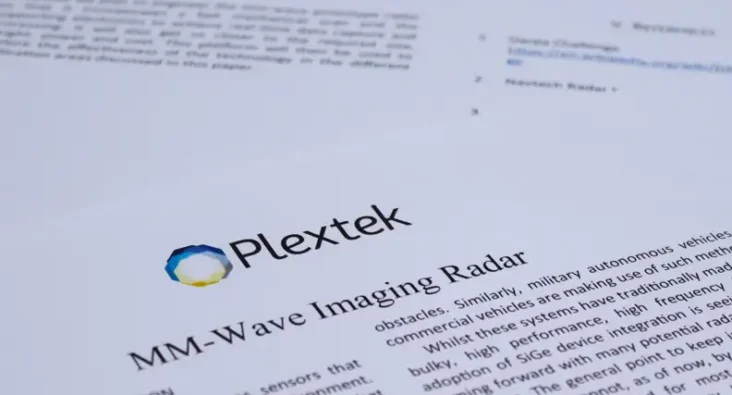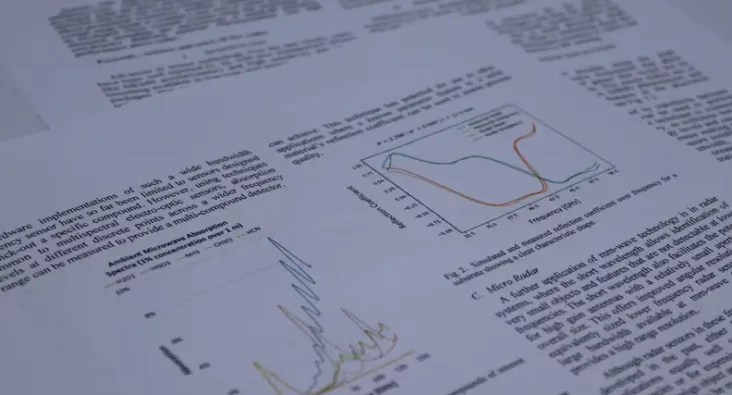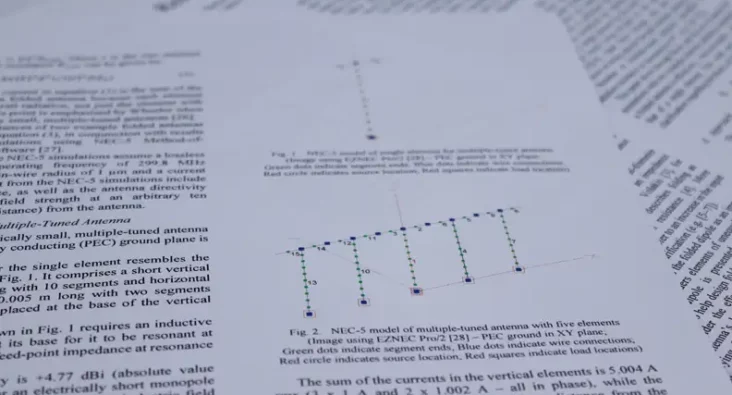Repurposing Innovation: Bullet Proof Your Wine
Some of the most interesting applications for new technologies completely ignore the inventor’s original intentions, and as creative people with our own priorities, we all see new things from completely different perspectives.
We can be grateful, perhaps, that Bubblewrap’s original destination as an alternative wallpaper was burst by its utility as protective packaging. Listerine was first marketed as a floor cleaner but somehow found home in our dental routines (though this one is perhaps not so hard to believe). The loveable Slinky started life as a nautical device-stabilisation concept, where it performed poorly, but fortunately it proved rather fun when falling from the top decks. I find these sideways moves fascinating, not only as they make for good stories but the re-application of existing technology in new fields has a certain feel of sustainability about it. We deliberately explore rabbit-holes when discussing the innovations created here at Plextek in the hopes of uncovering the next Bubblewrap, Listerine or (my preference) Slinky. One such opportunity has arisen in combining military-grade armour management with a suitably surprising alternative use case: protecting bottled wine.
Plextek’s Armour Integrity Monitoring System (AIMS) was created to solve a pressing need amongst the defence and security communities. When dropped, knocked or bashed, ceramic armour plates have the habit of forming small microfractures, much like a bone can. These microfractures compromise the integrity of the plate, so when it’s asked to repel a bullet or shrapnel it might fail, with obviously serious consequences. For this reason, the plates are collected up routinely and sent to be scanned by an X-Ray machine which can determine their health. To save on the cost and time of doing so, AIMS was developed as a small sensor which attaches to the side of an armour plate and can report on its health when asked, lasting years on a single coin-cell battery.
The mechanism behind AIMS is beautiful in that it completes a complex task with simple components in the most straight-forward way possible. When an armour plate is dropped or hit and fractures, the energy transferred is deflected outwards in the same way a plate at a Greek dinner smashes outwards across the room when dropped straight down. Accelerometers in the sensor capture this deflection of energy as unique when compared to a normal impact and are accurately able to report the likelihood of a microfracture. Clever combinations of algorithms and RFID tags allow most of the device to sleep most of the time, creating super long battery life, and scanning the devices with a smartphone instantly pulls the reports out without the need for any extra buttons or switches (though there is a button and an LED, if you prefer the retro feel).
The dangers of a wine cellar are not the same as the battlefield and ‘shots’ have a completely different meaning.
However, knowing that many accelerometers and microprocessors are capable of outputting temperature readings might give you a hint as to where this concept is going. If you’re spending a lot of money on something as delicate as a case of wine, you want to know it has been treated well from bottling to the point it arrives for storage. Nothing is more devastating than uncorking something you’ve saved for a special occasion to find it has spoiled earlier than it ought to. Even more painful is thinking that it might have occurred before it even reached your house, perhaps while the courier enjoyed a long breakfast whilst parked in the sun!
Today, wine merchants are not able to easily provide prospective customers with data that shows that their new investment has been properly looked after. That data would need to include temperature thresholds, but could also include shock (drops), vibration, humidity and light – all of which are available today or could easily be added to a sensor like AIMS, and all of which can contribute to the depreciation of your alcoholic assets. It would need to be discrete, low SWaP, low cost and easy to pull data and reports from – again, all identical requirements to an armour monitoring system. Combine these into a form factor that fits on the side of a bottle or case, and you ensure peace of mind for up to 5 years without worrying about data loss, checking their status as frequently or infrequently as you need to. Typically, a transparent quality management system such as this will improve the level of handling throughout the supply chain, or as far as the devices are used.
We believe the concept is a strong one which can benefit many parties: the winemaker or merchant gains a USP in that they can easily provide assurances of the quality of their products which their competitors cannot; and if the devices remain on the cases the warehouses or consumers have data that demonstrates the wines’ previous and current storage facilities are suitable.
If you are involved in the wine trade and are interested in exploring this with us further, or if you just need more general support to repurpose technologies for your business, please get in touch.
Technology Platforms
Plextek's 'white-label' technology platforms allow you to accelerate product development, streamline efficiencies, and access our extensive R&D expertise to suit your project needs.
- 01 Configurable mmWave Radar ModuleConfigurable mmWave Radar Module
Plextek’s PLX-T60 platform enables rapid development and deployment of custom mmWave radar solutions at scale and pace
- 02 Configurable IoT FrameworkConfigurable IoT Framework
Plextek’s IoT framework enables rapid development and deployment of custom IoT solutions, particularly those requiring extended operation on battery power
- 03 Ubiquitous RadarUbiquitous Radar
Plextek's Ubiquitous Radar will detect returns from many directions simultaneously and accurately, differentiating between drones and birds, and even determining the size and type of drone
Downloads
View All Downloads- Intro to Plextek
- Plextek – Your complete end-to-end solution
- PLX-T60 Configurable mmWave Radar Module
- PLX-U16 Ubiquitous Radar
- How to Innovate Through Scarcity
- Technology Scouting to Accelerate Innovation
- Configurable IOT Framework
- How To Use Scenario Planning
- Winning through the Downturn: A Playbook for Growth
- mmWave Imaging Radar
- 10 Innovation Mistakes
- Low Cost Millimeter Wave Radio frequency Sensors










